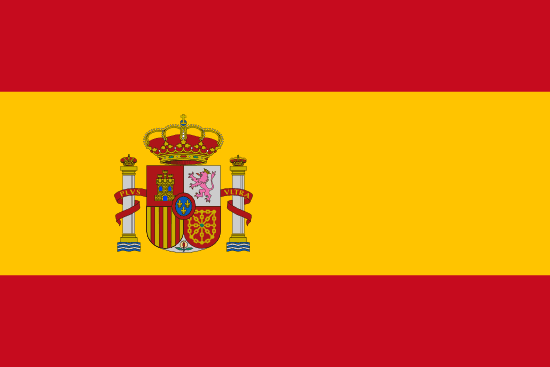"Córdoba, sentir y vivir | Cordoba, to feel and to live"
About:
Córdoba, Spain, was founded by the Romans in 169 BC, becoming a significant port city. In 711 AD, it was conquered by the Moors, who transformed it into a center of education and culture, highlighted by the construction of the Mezquita. In 1236, it was reclaimed by the Christians during the Reconquista. The city experienced a decline until the 18th century when it became a hub for the Spanish Enlightenment. Today, Córdoba is a UNESCO World Heritage site, known for its rich history and architecture.
When to visit:
Córdoba, a city in southern Spain, is a popular destination known for its rich history and cultural heritage. The best time to visit Córdoba is during the spring months of April and May when the weather is mild and the city is in full bloom with colorful flowers. This time of year also coincides with the city's famous Patio Festival, where locals open their ornate courtyards to the public for viewing. Additionally, visiting in the spring allows travelers to avoid the extreme heat of the summer months, making it an ideal time to explore the city's many attractions comfortably.
When to avoid:
Traveling to Córdoba, Spain during the peak summer months of July and August can be challenging due to the scorching heat that often exceeds 40 degrees Celsius (104 degrees Fahrenheit). The intense heat can make it uncomfortable to explore the city's outdoor attractions such as the historic Mezquita-Catedral and Alcázar de los Reyes Cristianos. Additionally, large crowds of tourists flock to Córdoba during these months, leading to long queues and increased prices for accommodations and activities. For a more pleasant experience, it is advisable to avoid traveling to Córdoba during the peak summer season and instead opt for spring or fall when the weather is milder and the tourist crowds are thinner.
Winter (Dec-Feb)
Winter in Córdoba (Dec-Feb) is the coldest time of the year with average temperatures around 8-14°C. Rainfall is highest in December, averaging 70mm. Days are shorter with about 5-6 hours of sunlight, often obscured by cloud cover. Fog is common in the mornings, giving the city a mystical feel. An average day for a visitor might involve bundling up to explore the city's historical sites, then warming up in a local café with traditional Spanish hot chocolate. Despite the chill, Córdoba's winter has a unique charm.
Summer (June-August)
In Córdoba, Spain, the warmest part of the year is from June to August, often peaking in July. During this time, the average high temperatures range from 35°C to 40°C (95°F to 104°F). Rainfall is minimal, with July being the driest month, averaging around 2mm of rain. The city enjoys an average of 11 to 12 hours of sunlight per day, providing plenty of daylight for activities.
The humidity during this period is relatively low, usually around 30-40%, which helps to make the high temperatures more bearable. As for cloudiness, clear skies dominate, with only a few days of partial cloud cover.
A typical day for a visitor in Córdoba during the warmest part of the year would involve experiencing the intense heat, especially in the afternoons. It's advisable to plan activities in the early morning or late evening when the sun is not at its peak. Despite the high temperatures, the low humidity keeps the heat from feeling oppressive. The long hours of sunlight and clear skies offer excellent conditions for sightseeing and exploring the city's historic sites, but sun protection is essential.
Language:
In Córdoba, Spain, the most widely spoken language is Spanish, specifically the Andalusian variant of Southern Spanish. This dialect is characterized by the dropping of certain consonants and a distinctive intonation. English is also commonly spoken, especially in tourist areas and among younger generations due to its inclusion in the education system.




